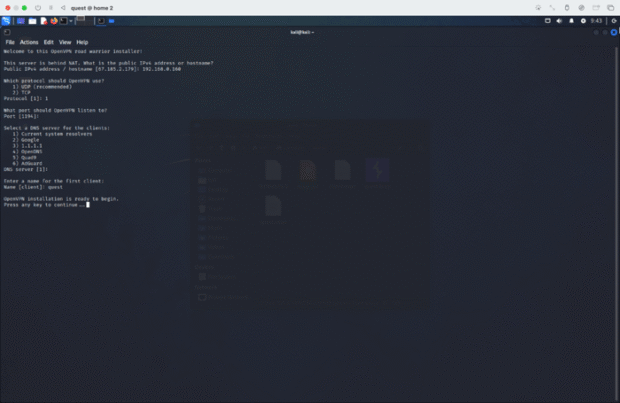
Programming is more than just writing code—it’s a craft that evolves with experience, problem-solving, and a solid approach. The Pragmatic Programmer by Andrew Hunt and David Thomas offers a comprehensive guide to developing a pragmatic mindset, equipping developers with tools, techniques, and strategies to become highly skilled and adaptable. This book is designed not only for beginner programmers but also for seasoned professionals looking to sharpen their expertise. Let’s explore some of the core principles and tips this classic book offers for mastering programming.
1. Adopting a Pragmatic Mindset
One of the key messages in The Pragmatic Programmer is that programmers should adopt a mindset focused on continual learning and adaptability. As technology changes, so must a programmer’s approach to new challenges and problem-solving. Hunt and Thomas encourage readers to see their code as something that evolves, meaning that being a great programmer isn’t about knowing it all—it’s about being ready to adapt and learn.
Learn about the importance of adaptability in tech on TechRepublic.
2. The DRY Principle: Don’t Repeat Yourself
One of the book’s most famous concepts is the “DRY Principle” (Don’t Repeat Yourself), which emphasizes reducing redundancy in your code. By keeping code simple and avoiding repetitive elements, developers can make maintenance easier, cut down on bugs, and improve efficiency. DRY code is about saving time not only during the initial coding phase but also in future updates, ensuring that any changes only need to be made once rather than in multiple places.
3. Using Version Control Wisely
Version control is another crucial aspect emphasized in the book. For many developers, using version control systems like Git can be transformative. Hunt and Thomas advise using version control even for small, personal projects, as it offers the ability to track changes, revert to earlier versions, and keep a log of all modifications. This simple habit can greatly improve workflow, especially when collaborating with others.
4. Automate Repetitive Tasks

Automation is a programmer’s best friend, saving time and minimizing errors by reducing manual, repetitive tasks. Whether it’s automated testing, deployment scripts, or simple batch files, automation can significantly streamline the development process. The Pragmatic Programmer emphasizes using automation wherever possible to improve productivity and ensure accuracy in complex systems.
5. Testing Early and Often
Hunt and Thomas also stress the importance of testing code throughout the development process. By adopting a habit of regular testing, developers can catch bugs early, avoid costly fixes, and create more reliable applications. In particular, automated testing tools and frameworks, such as JUnit for Java or Pytest for Python, are highlighted as effective ways to implement frequent tests and build robust systems.
6. Refactoring and Code Improvement
Refactoring is the practice of restructuring code without changing its external behavior, which keeps the code clean and manageable. Hunt and Thomas advocate for regular refactoring to avoid “code rot”—the slow degradation of code quality over time. By refactoring consistently, developers can keep their codebase healthy, making it easier to maintain and scale as projects grow.
7. Investing in Your Own Toolbox
The book recommends building a strong, personalized toolkit of resources, libraries, and frameworks that help programmers work effectively. Having a personal library of tried-and-tested tools can streamline development and ensure that each project benefits from previous experience and resources. From code snippets to debugging tools, a well-maintained toolkit is an invaluable asset.
8. Programming by Contract
The idea of “programming by contract” means specifying what your code should accomplish and agreeing on those conditions. By clearly defining expectations for each part of your code, including inputs, outputs, and potential errors, you can reduce misunderstandings and bugs, and better communicate with other developers. This approach can lead to code that is easier to maintain, test, and understand in collaborative settings.
Conclusion
The Pragmatic Programmer is a must-read for anyone looking to deepen their understanding of software development. By focusing on principles like DRY, automation, version control, and continual learning, this guide provides invaluable insights for mastering the art of programming. Embracing these lessons can transform a developer’s approach to coding, fostering a mindset that is flexible, efficient, and focused on quality—traits that are essential for a successful career in technology.










